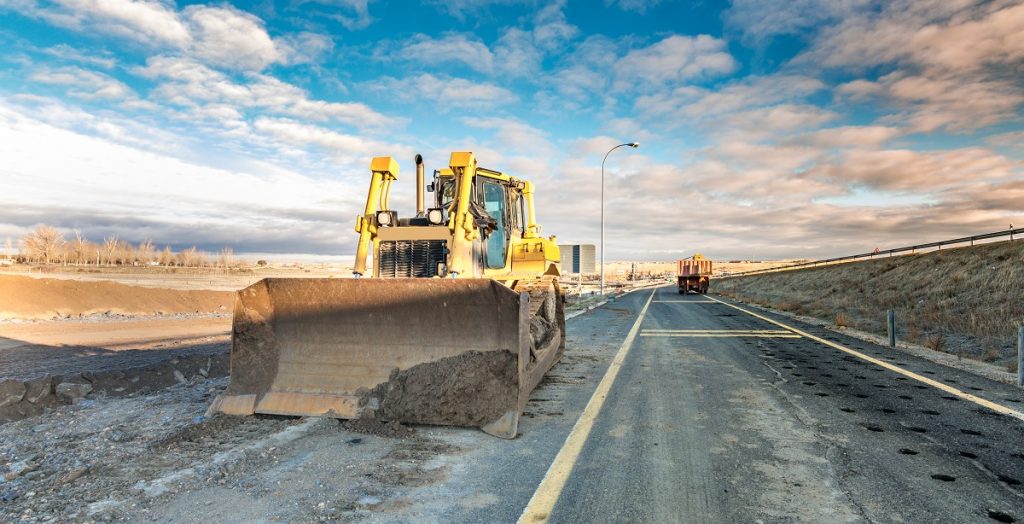Of all construction procedures, roadworks are arguably the most common. We barely bat an eye when we come across signs that say “men working ahead” on our daily drive to the office. This procedure, however, really isn’t as simple as it looks like.
As much as we like to think it’s just like slathering putty over some level ground, there’s so much more that goes into constructing the roads we use every day. Here’s a bit more detail on what really goes on throughout a roadwork project.
Planning
Like every technical project, the first step is planning. All the details of the project need to be worked out, no matter how small it is. Whether it’s a small patch on a local road or a major overhaul of a section of the freeway, it’s essential to make sure you have the full stack of engineers and researchers relevant.
A lot of research goes into how traffic needs to be redirected while roadworks are ongoing. In general, planning needs to be as thorough as possible to prevent any roadblocks in the project from scheduling to the delegation.
Technical Survey
The second step is a technical survey where experts visit on-site and inspect what the area particularly needs. This is important especially to examine the kind of already existing material in the area or the composition of the soil to be able to choose appropriate materials throughout this process.
After knowing precisely what the area needs, the executives behind the project would select contractors and service providers. This isn’t much of a problem in Utah since there are tons of construction providers in the area.
Building Foundations
 Once the construction starts, the most important thing to pay attention to is building the foundations. This is where most engineers pay attention, especially to the kind of service that providers have. For example, commercial excavation here in Utah is somewhat significant nowadays, and there’s an abundance of companies that offer it, but not all of these contractors are equal.
Once the construction starts, the most important thing to pay attention to is building the foundations. This is where most engineers pay attention, especially to the kind of service that providers have. For example, commercial excavation here in Utah is somewhat significant nowadays, and there’s an abundance of companies that offer it, but not all of these contractors are equal.
Especially in building foundations, it’s important to monitor the quality of work because the quality of the foundation is vital to the functionality of the end-product.
Paving
The paving phase is what we see when we encounter these projects in real life. Even in the “simple” part of this project, there’s still a lot of details that go into it with the biggest one being the choice of materials being used in the very paving of the project.
This decision can be affected by several factors, including the climate, weather, pre-existing condition, expected load and duration of the project.
Final Inspection
The final step is when the project undergoes inspection. In a way, this references the technical survey wherein multiple experts reevaluate the project in a holistic manner before allowing public use. If something went wrong at any point in the project, this is where the error is caught and mitigated before it can pose any danger to the general public.
So, the next time you have to shift lanes to make way for roadworks, know that a lot of effort went into the project and that in the end, it’s there for your use too!






